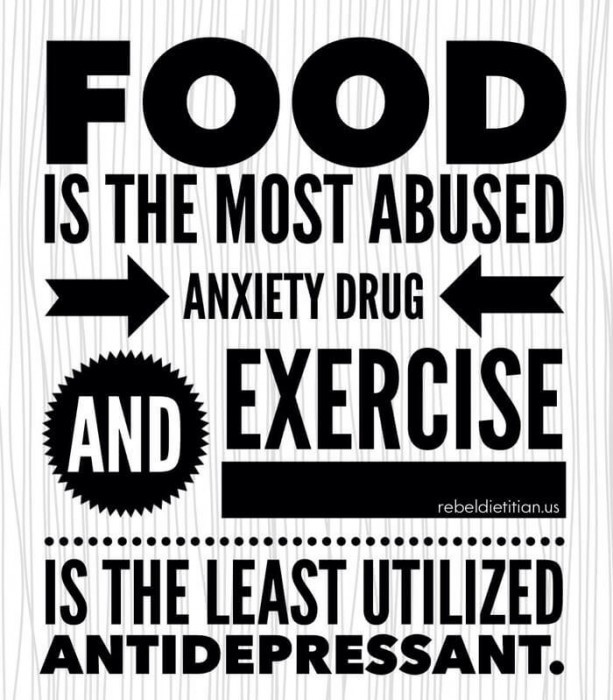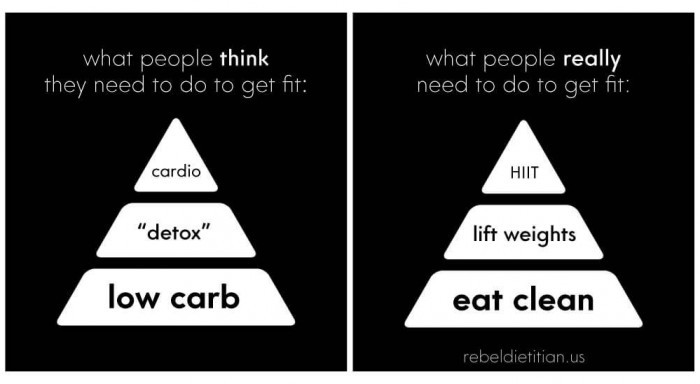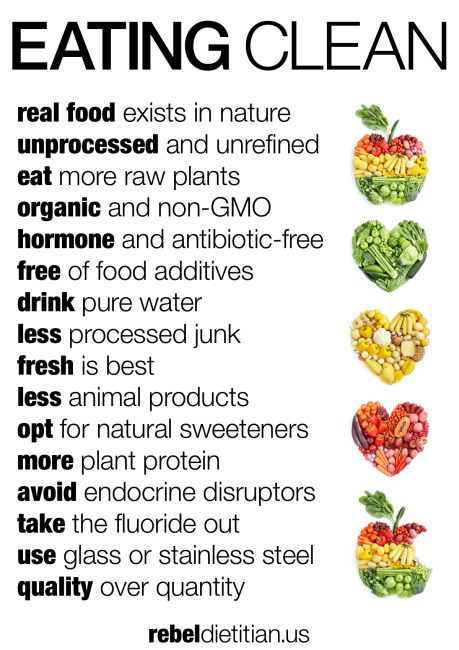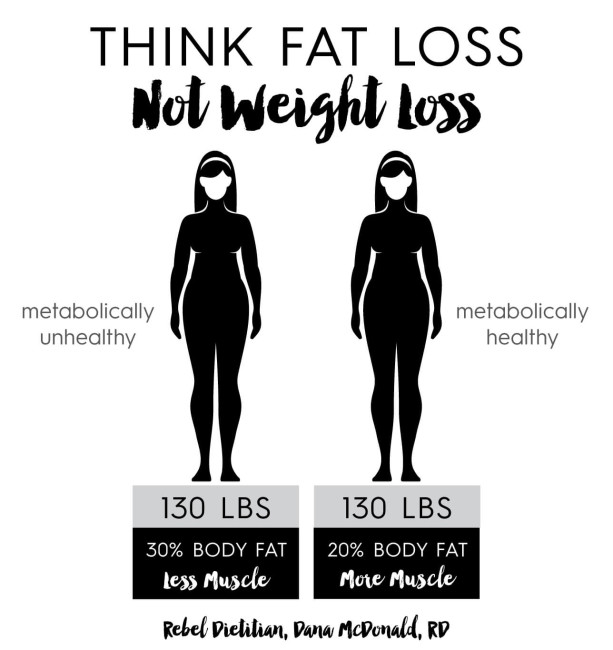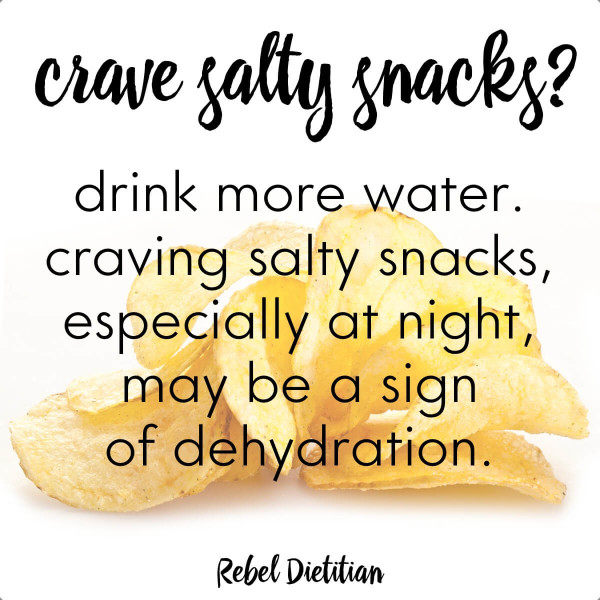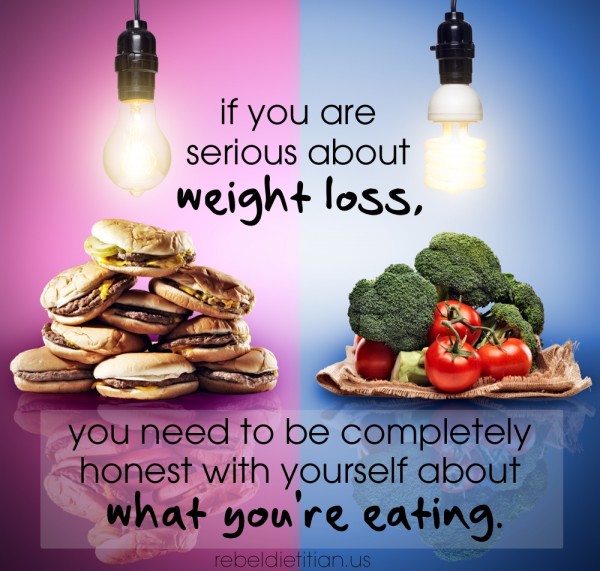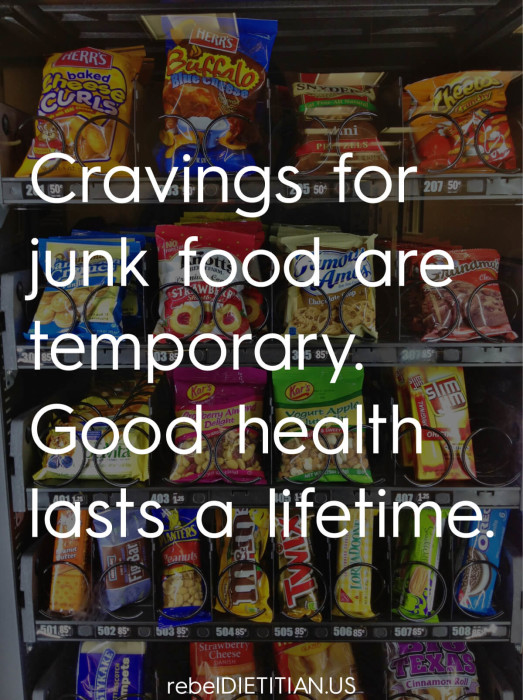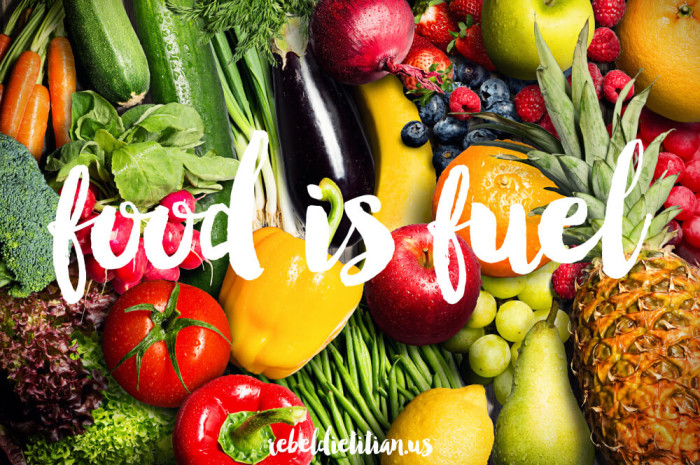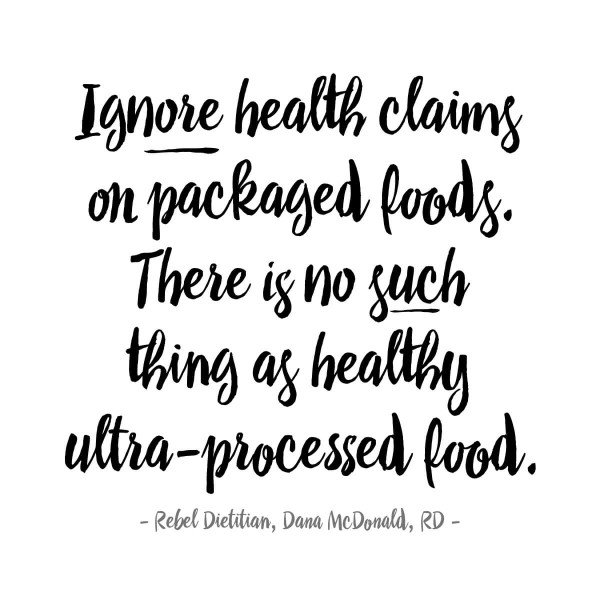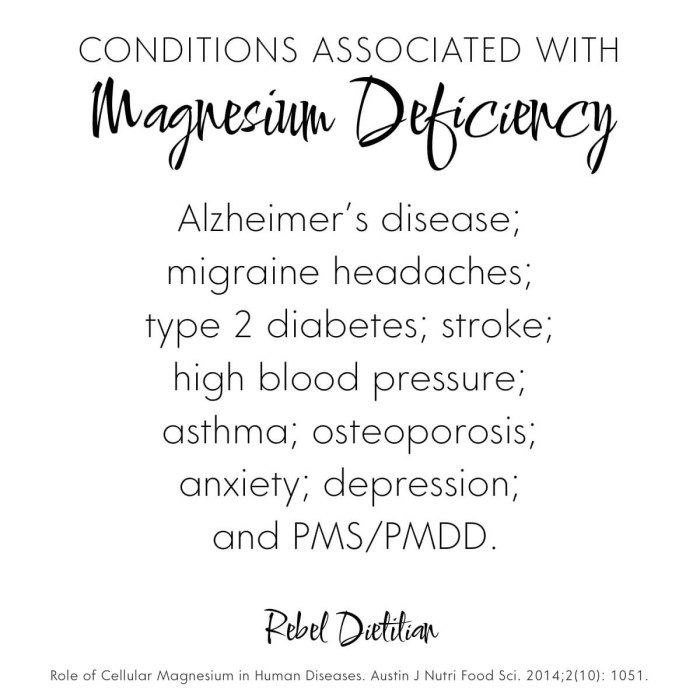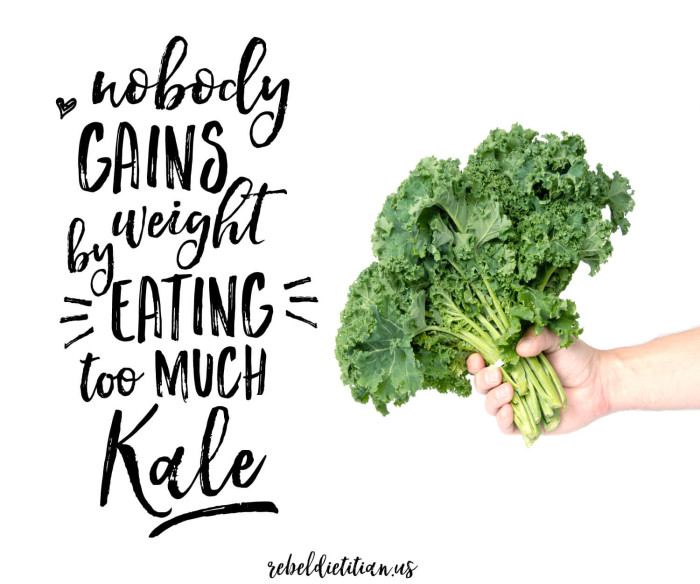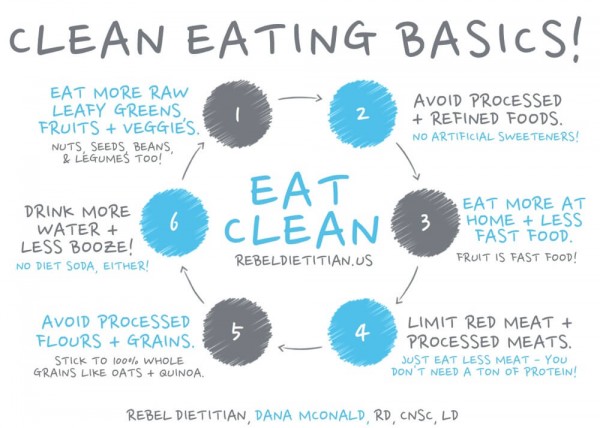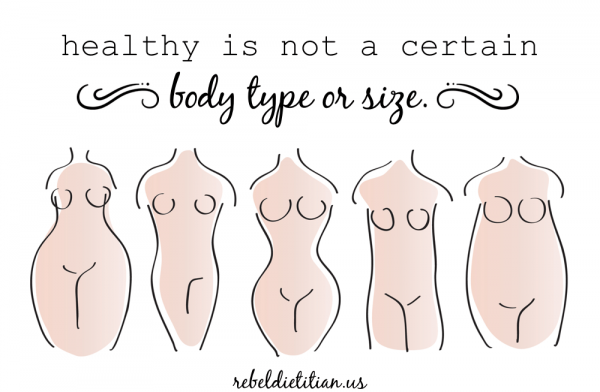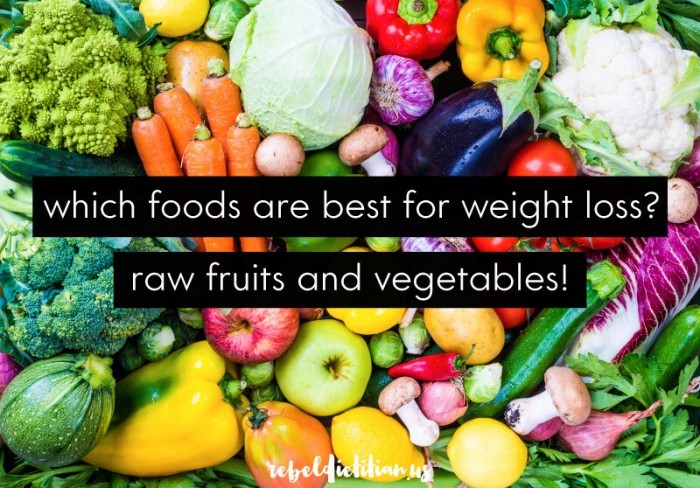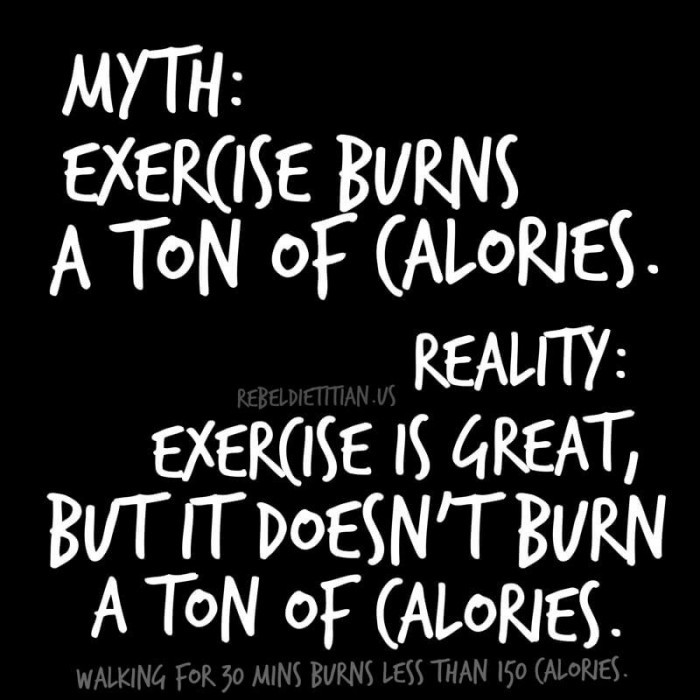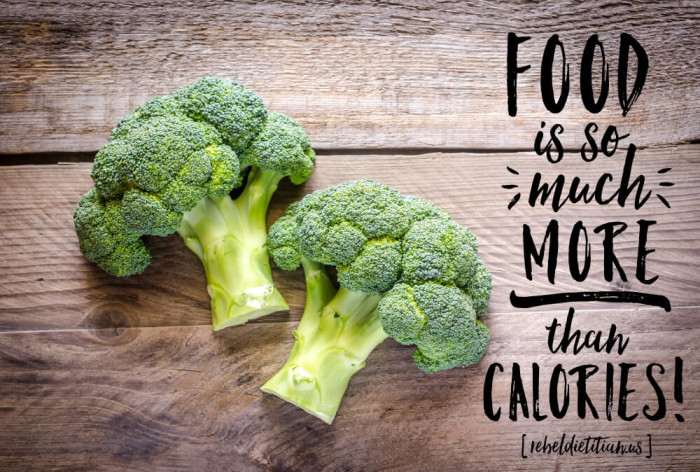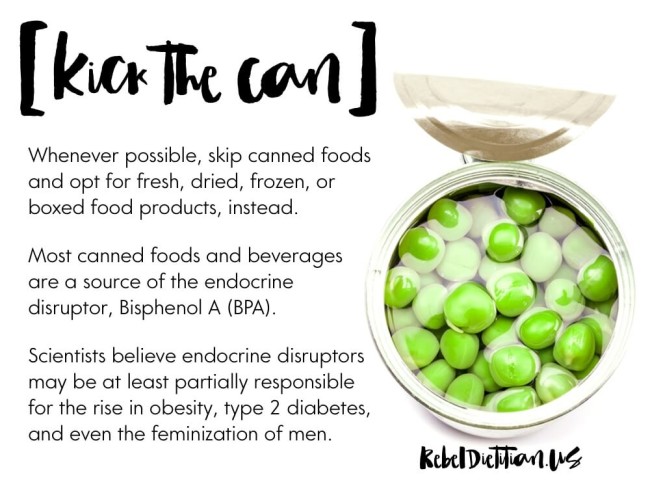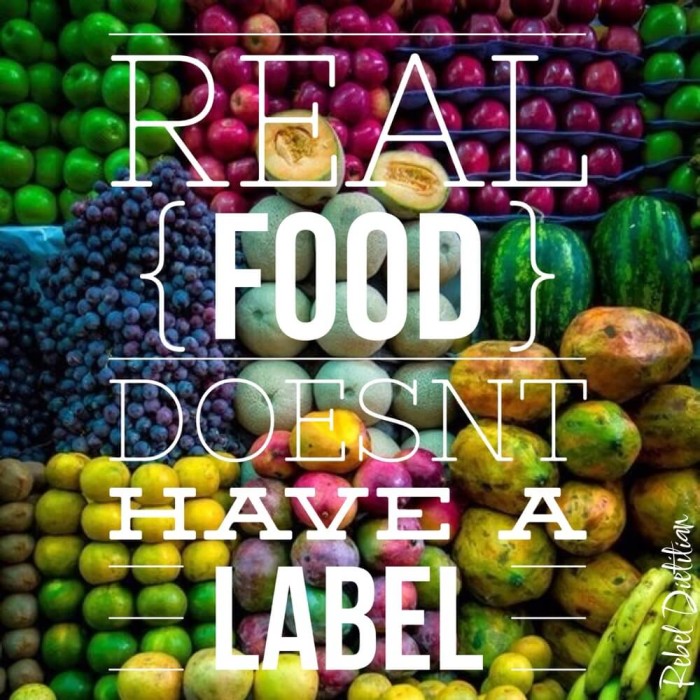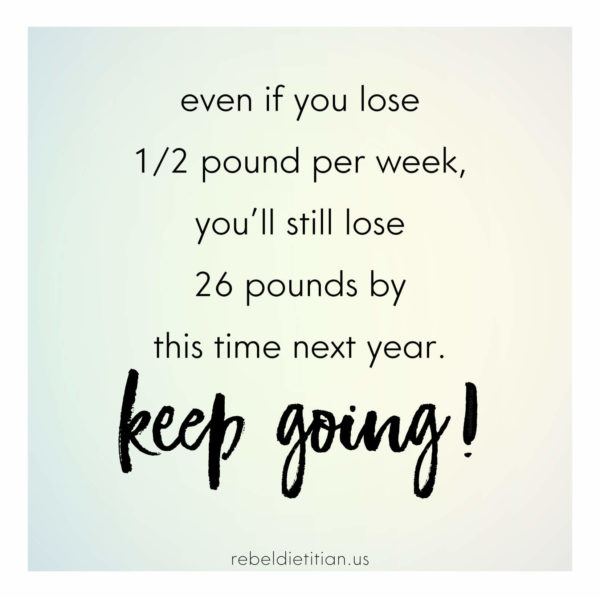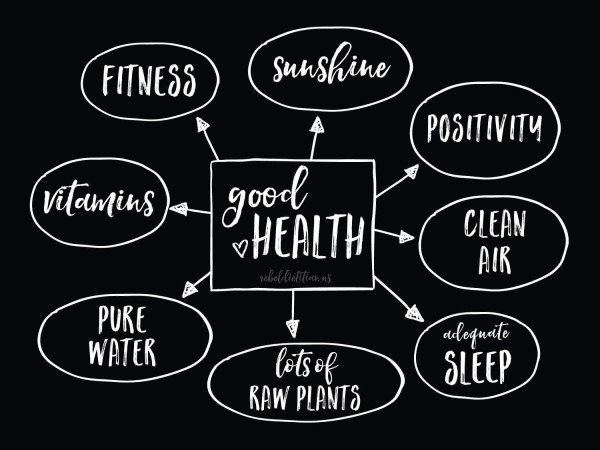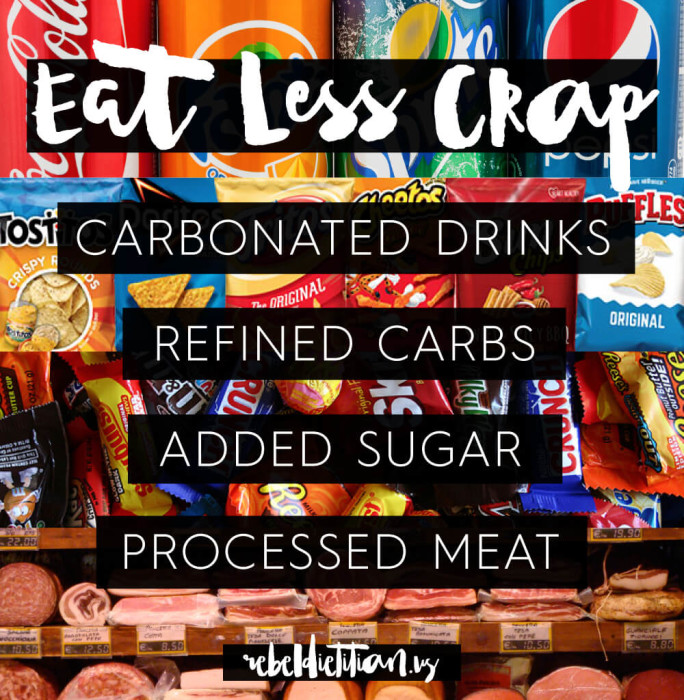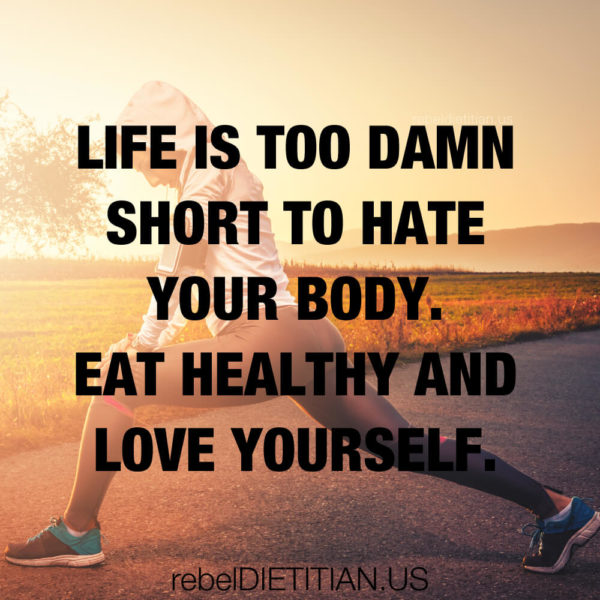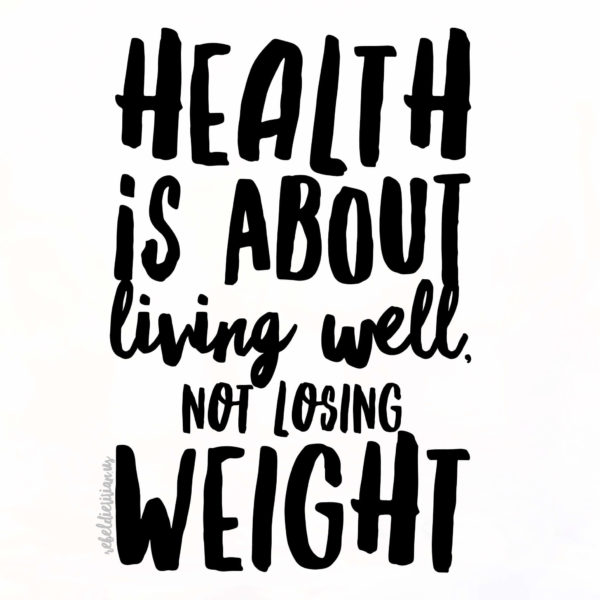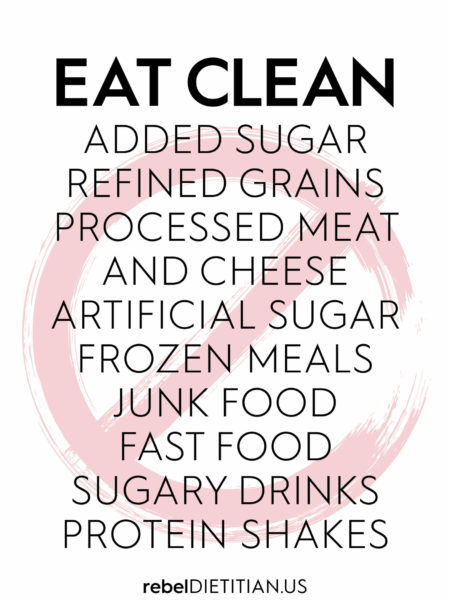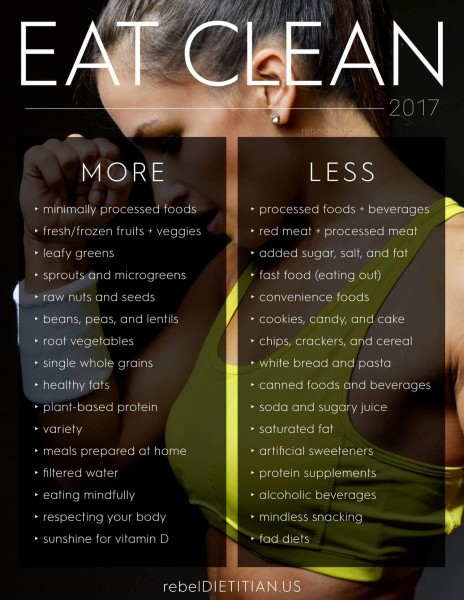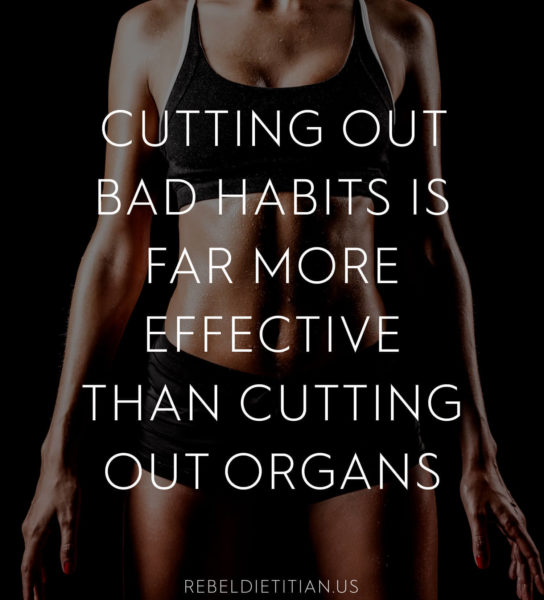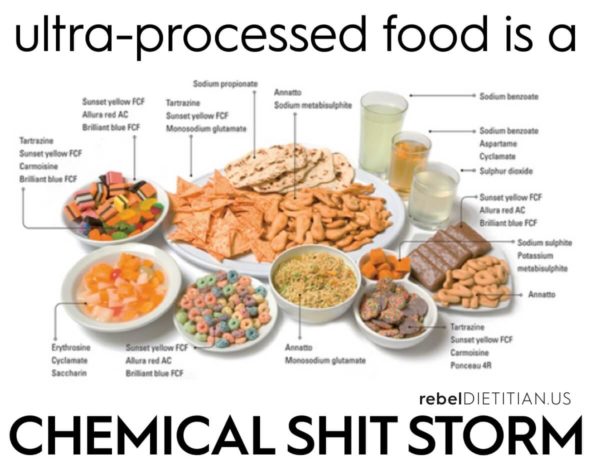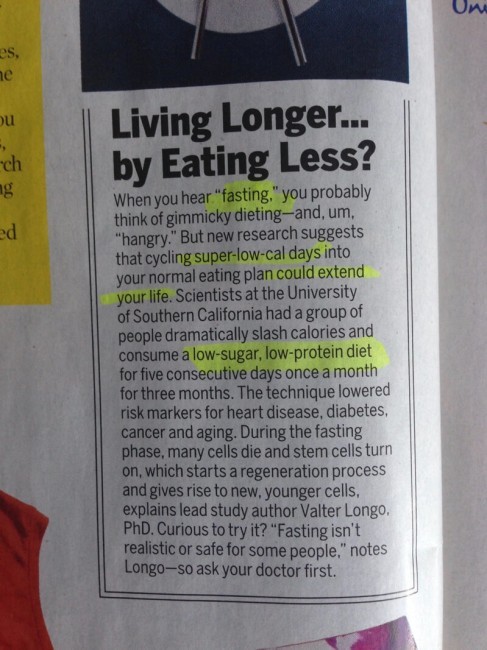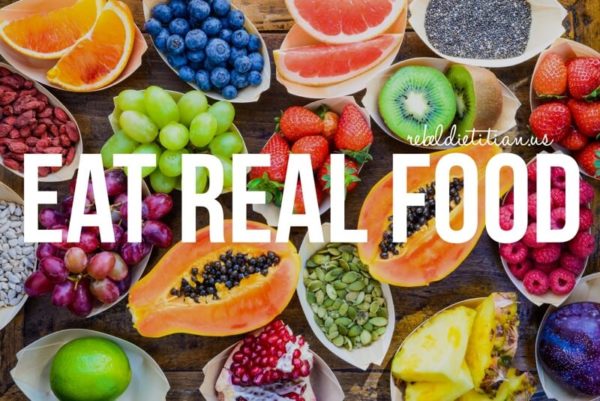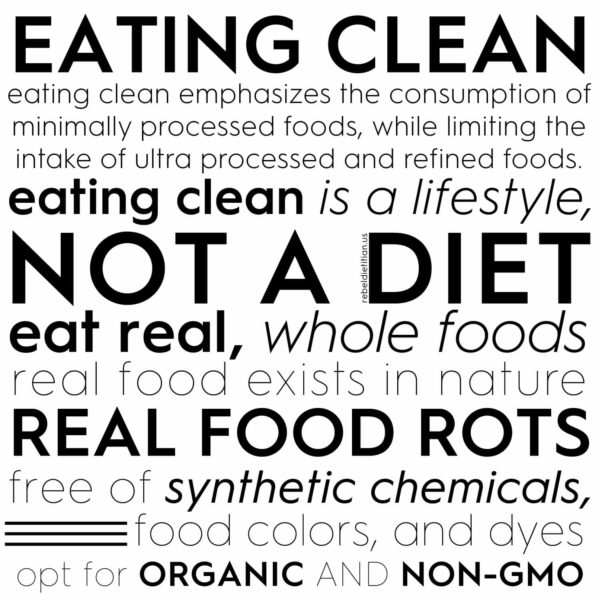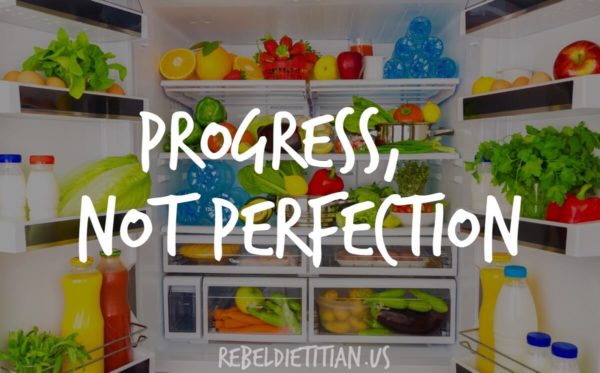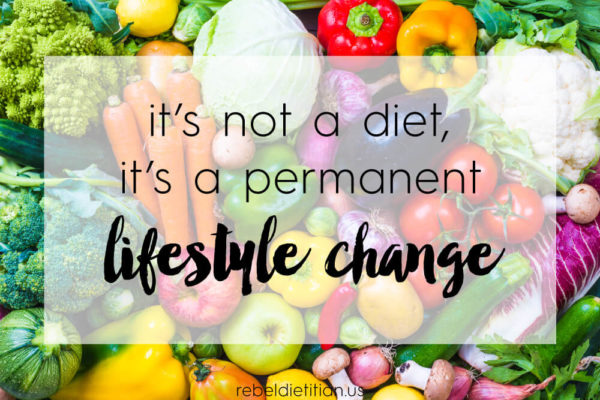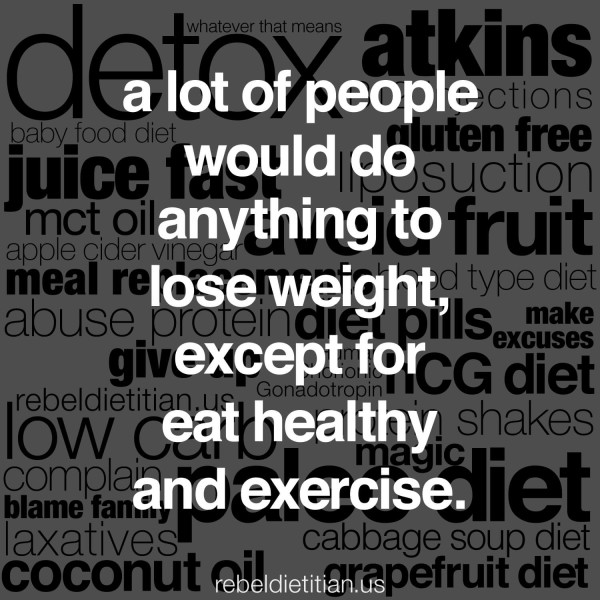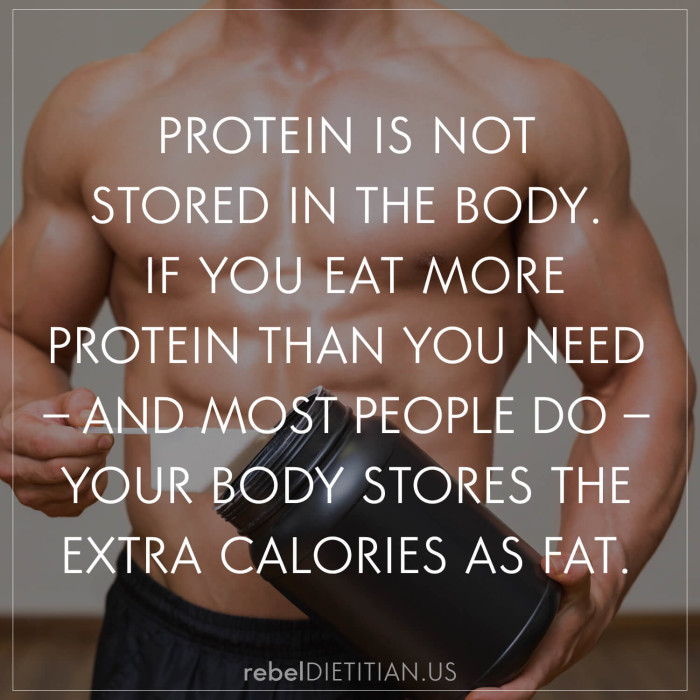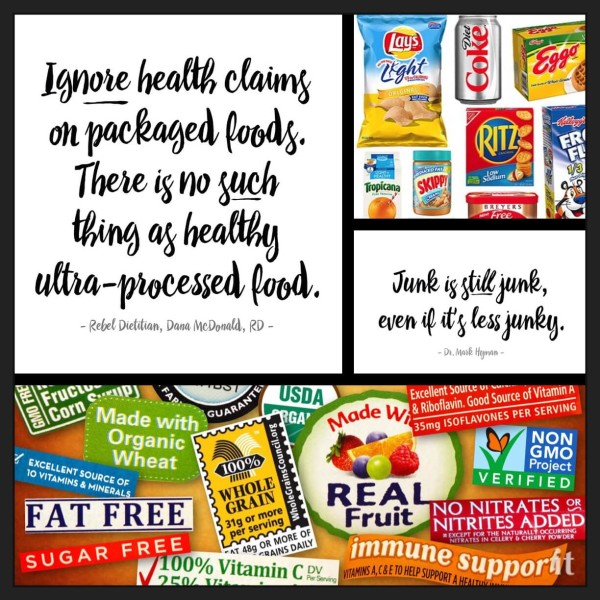In addition to eating clean, I recommend a mostly raw plant-based lifestyle for sustainable weight loss. One of the best things about adopting a mostly raw plant-based lifestyle, is the fact that it is a lifestyle of abundance, not restriction. In other words, you get to eat more! This is because raw plants are naturally low in calories. Being able to eat a greater volume of food – as opposed to restricting food intake – is satisfying.
Restricting food intake to 1500 calories makes it impossible to meet micronutrient requirements and increases risk of diet failure. Diets that require extreme food restriction and macronutrient monitoring (e.g., low calorie diets and calorie counting) encourage disordered eating patterns as this behavior is unnatural and depressing.
Raw Plants
In general, raw food has not been heated above 115 degrees Fahrenheit and includes fresh and dehydrated plant-based foods. Examples of raw plants include the following fresh and dehydrated plant-based foods when they are minimally processed and unheated (i.e., not heated above 115 degrees Fahrenheit):
- Fresh Fruits and Vegetables;
- Leafy Greens and Microgreens;
- Raw Juice (unpasteurized);
- Dehydrated Fruits and Vegetables;
- Raw Nuts and Seeds;
- Fresh Nut and Seed Butter (or Nut/Seed Milk);
- Fresh Plant-Based Milk
- Uncooked Whole Grains;
- Sea vegetables;
- Sprouted foods;
- Fermented foods; and
- Minimally Processed Oils (cold-pressed, unheated, and unrefined)
Not Raw Plants
Dairy, eggs, meat, fish, chicken, turkey, steamed vegetables, cooked whole grains, commercial sweets (e.g., cookies, cakes, candy), sugary beverages (including diet soda), artificial sweeteners, and alcohol.
Transitioning
While there isn’t a right or wrong way to transition to a mostly raw plant-based lifestyle, I do recommend a gradual transition to avoid bothersome GI side effects frequently experienced during periods of rapid increases in fiber intake. For example, increase fiber intake by 5 – 10 grams per week as tolerated.
Symptoms frequently experienced by individuals who increase their fiber intake too quickly may include gas, abdominal bloating, feelings of fullness, nausea, diarrhea, and even temporary weight gain (due to increased stool weight and bulk); however, these side effects are temporary and diminish over time.
Transitioning to a mostly raw plant-based diet appears to be easiest to tolerate initially when the majority of energy is obtained from fruit. This may be related to the fact that fruit is lower in fermentable carbohydrates. Fermentable carbohydrates promote the growth of good bacteria in our gut, but may cause gastrointestinal distress in some individuals.
Starting today, slowly start to add in more raw fruits and vegetables into your meals and snacks. To keep things simple, consider adding in a few extra pieces of fresh fruit. Fruit tends to be lower in fermentable carbohydrates; making it easier for most people to tolerate. Fruit also requires very little processing prior to consumption. Simply grab it, clean it, and go.
If you’re not sure which meal to begin with, start with breakfast. For example, power up with a fresh fruit smoothie rich in powerful antioxidants or overnight oats. From this point forward, you should continue to advance your intake of raw plant-based foods as tolerated. Over time, you will notice you begin to prefer raw plant-based foods, while the desire to eat cooked foods and animal products is reduced.
Eat Big, Slim Down
While consuming a greater volume of food may seem unnatural to you, it is perfectly natural for mostly raw plant-based foodies. In fact, without incorporating plant-based foods that are higher in calories and protein into your meals and snacks, you may experience weight loss during this phase. Not to mention, feel hungry and/or somewhat tired; which, are all normal in individuals experiencing weight loss.
Remember, raw plant-based foods are naturally lower in calories, and it takes time to adjust to eating a greater volume of food. Initially, it may be easiest to incorporate additional snacks as you will likely already experience premature feelings of fullness due to an increased intake of dietary fiber.
Meeting Energy Requirements
Meeting macro-and-micronutrient requirements is key to ensuring optimal health and wellness, including weight management.
Individuals with increased energy requirements (e.g., athletes and pregnant or breastfeeding women) can easily meet energy and protein requirements by consuming a greater intake of plants higher in energy and protein. For example, raw nuts and seeds, avocado, and minimally processed cooked plant-based foods.
Cooked Foods
If weight loss is your goal, you should exercise caution with cooked foods initially considering cooked foods are higher in energy. Consuming too much cooked food on a regular basis will likely prevent weight loss or result in weight gain. When incorporating more cooked plant-based foods, it is important to avoid adding ultra processed sources of fat and sugar (e.g., butter and cheese) as these foods will promote weight gain.
The “Detox” Myth
Contrary to popular belief, fatigue and other symptoms experienced while increasing fiber intake are not related to “detox.”
Causes of Fatigue
In general, fatigue not related to chronic disease may be due to multiple factors including, but not limited to inadequate sleep, use of certain medications, inadequate energy and/or protein intake, acute illness, excess fiber intake, and one or more micronutrient deficiencies.
- Weight loss may result in fatigue
- Inadequate energy intake
- Rapidly increasing in fiber intake
- Vitamin and mineral deficiencies
Happy and Hungry
Considering raw plant-based foods are naturally lower in calories and it takes time to adjust to eating a greater volume of food, you may feel hungry at times (despite feeling full).
This is related to the fact that raw plants are high in dietary fiber and bulk plant matter. With time, you will be able to meet energy requirements by consuming a greater intake of raw plant-based foods as well as incorporating plant-based foods higher in energy and protein, including cooked foods.
Of course, you can always incorporate additional snacks. Flexibility is another reason why I love this lifestyle. Rather than being told how to eat less, I’m providing you with suggestions for eating more. Considering there is more than one way to increase your energy intake when eating Seventy30, you have the freedom to personalize the lifestyle based upon your own dietary requirements and preferences.
To reduce hunger and/or avoid weight loss during this phase, consider eating a greater volume of food at meals and snacks; eating more frequently throughout the day (e.g., eating more snacks); increasing your intake of foods naturally higher in calories and protein (e.g., nuts and avocado); and/or increasing your intake of cooked, minimally processed plant-based foods. For example, steamed mixed vegetables; plain baked potato or sweet potato; beans and legumes; single whole grains (e.g., steel cut oats and quinoa).
Plants Higher in Energy and Protein
- Nuts and Seeds
- Avocado
- Cooked Beans and Legumes
- Cooked Whole Grains (e.g., Steel Cut Oats and Quinoa)
- Baked Potato and Sweet Potato
- Steamed Vegetables
- Medjool Dates
Eat Big, Poop Big
Naturally, increasing your intake of raw plant-based foods higher in dietary fiber will result in bowel movements that are more frequent, softer, and larger. While I wish pooping more weren’t a side effect of this lifestyle, the reality is, it is a sign of a healthy diet and lifestyle.
With this being said, not all poop is created equal. Ideally, your stool should be smooth (like a snake) and soft. Below is the Bristol Stool chart for your reference.
Stool patterns that consistently resemble Type 7 may be a sign of excessive fiber intake, food intolerance, and malabsorption. Stool patterns that resemble Type 1 may be a sign of inadequate fiber intake. Acute illness, chronic disease, impaired rectal sensation, and loss of barrier function can also influence stool consistency and appearance.
Some individuals may experience undesirable gastrointestinal side effects when consuming certain dietary fibers regardless of amount. These symptoms may include distention, gas, diarrhea, and even constipation. Individuals who experience chronic difficulty with certain fibers should consult with a trained healthcare professional to assess for underlying gastrointestinal disease such as irritable bowel syndrome (IBS).
When I was transitioning to a mostly raw, I had to deal with this on a regular basis and it was awful sometimes. However, I rarely have bloating issues that are bothersome now due to fiber intake. It takes time and a gradual transition.
I should also note that you may notice an increase of a few pounds on the scale during the early transition, but this is normal and nothing to worry about. Fruits and vegetables are high in water and bulk plant matter (e.g., dietary fiber). This results in increased stool frequency as well as stool volume and weight (i.e., your stool is bigger and heavier).
For example, if I eat 2 one-pound apples in a day plus all of my other foods, I may notice an increase on the scale the next day and this is normal. It is not fat gain, it is plant matter in my intestines (at any given time we may have 2 or 3 meals in our bellies).
Sorry if TMI, but I receive this question quite a bit from newbies. Point is, weight loss doesn’t stop and you haven’t really gained weight (hydration has improved and stool volume and weight has increased). Once weight loss exceeds the 2 or so pounds you are now carrying around in your intestines, the weight loss will resume. No worries. Don’t let this freak you out.
Learn More
Rebel Lifestyle
To learn more about my lifestyle, visit the page titled Rebel Lifestyle.
Rebel Grub
To view photos of my grub, check out the page titled Rebel Grub.
Meal Planning
To view meal planning information, head over to the page Meal Planning.
Shopping Lists
To view shopping lists, visit the page titled Shopping Lists.
Posters and Charts
To view my posters and charts, hit up the page titled Posters.
Pinterest and Facebook
Posters and Charts
Except where otherwise noted, content on this site is licensed under a CC BY-NC-ND 4.0 license. This means you are free to use my work for personal use (e.g., save the file to your computer or share via social media) as long as you do not modify the image or use the image for commercial purposes ($).
References:
Pimenta AM, Bes-Rastrollo M, Gea A, Sayón-Orea C, Zazpe I, Lopez-Iracheta R, Martinez-Gonzalez MA. Snacking between main meals is associated with a higher risk of metabolic syndrome in a Mediterranean cohort: the SUN Project (Seguimiento Universidad de Navarra). Public Health Nutr. 2015 May 11:1-9.
Bellisle F. Meals and snacking, diet quality and energy balance. Physiol Behav. 2014 Jul;134:38-43. doi: 10.1016/j.physbeh.2014.03.010.
Knatz S, Braden A, Boutelle KN. Parent Coaching Model for Adolescents With Emotional Eating. Eat Disord. 2015 Jul-Sep;23(4):377-86. doi: 10.1080/10640266.2015.1044352.
Arnold TA, Johnston CS, Lee CD, Garza AM. Eating in the absence of hunger in college students. Appetite. 2015 May 14;92:51-56. doi: 10.1016/j.appet.2015.05.010.
Effect of excessive water intake on body weight, body mass index, body fat, and appetite of overweight female participants. J Nat Sci Biol Med. 2014 Jul;5(2):340-4. doi: 10.4103/0976-9668.136180.
Iheozor-Ejiofor Z, Worthington HV, Walsh T, O’Malley L, Clarkson JE, Macey R, Alam R, Tugwell P, Welch V, Glenny AM. Water fluoridation for the prevention of dental caries. Cochrane Database of Systematic Reviews 2015, Issue 6. Art. No.: CD010856. DOI: 10.1002/14651858.CD010856.pub2.
Ropero AB, Alonso-Magdalena P, Garcia-Garcia E, Ripoll C, Fuentes E, Nadal A. Bisphenol-A disruption of the endocrine pancreas and blood glucose homeostasis. Int J Androl. 2008;31(2):194-200
Moriyama K, Tagami T, Akamizu T, et al. Thyroid hormone action is disrupted by bisphenol A as an antagonist. J Clin Endocrinol Metab. 2002;87(11):5185-5190
Newbold RR, Padilla-Banks E, Jefferson WN, Heindel JJ. Effects of endocrine disruptors on obesity. Int J Androl. 2008;31(2):201-208
Vasiliu O, Cameron L, Gardiner J, Deguire P, Karmaus W. Polybrominated biphenyls, polychlorinated biphenyls, body weight, and incidence of adult-onset diabetes mellitus. Epidemiology. 2006;17(4):352-359
Lee DH, Lee IK, Song K, et al. A strong dose-response relation between serum concentrations of persistent organic pollutants and diabetes: results from the National Health and Examination Survey 1999-2002. Diabetes Care. 2006;29(7):1638-1644
Alonso-Magdalena P, Morimoto S, Ripoll C, Fuentes E, Nadal A. The estrogenic effect of bisphenol A disrupts pancreatic beta-cell function in vivo and induces insulin resistance. Environ Health Perspect. 2006;114(1):106-112
Annette Peters, et al. Elevated particle number concentrations induce immediate changes in heart rate variability: a panel study in individuals with impaired glucose metabolism or diabetes. Particle and Fibre Toxicology, doi:10.1186/s12989-015-0083-7
Brook RD, Franklin B, Cascio W, Hong Y, Howard G, Lipsett M, et al. Air pollution and cardiovascular disease: a statement for healthcare professionals from the Expert Panel on Population and Prevention Science of the American Heart Association. Circulation. 2004;109:2655–2671.
Brook RD, Rajagopalan S, Pope CA, III, Brook JR, Bhatnagar A, Diez-Roux A, et al. Particulate matter air pollution and cardiovascular disease. An update to the scientific statement from the American Heart Association. Circulation. 2010;121:2331–2378.
Lin LY, Chen HW, Su TL, Hong GB, Huang LC, Chuang KJ. The effects of indoor particle exposure on blood pressure and heart rate among young adults: an air filtration-based intervention study. Atmos Environ. 2011;45:5540–5544.
Weichenthal S, Mallach G, Kulka R, Black A, Wheeler A, You H, et al. A randomized double-blind crossover study of indoor air filtration and acute changes in cardiorespiratory health in a First Nations community. Indoor Air. 2013;3:175–184.
Karottki DG, Spilak M, Frederiksen M, Gunnarsen L, Brauner EV, Kolarik B, et al. An indoor air filtration study in homes of elderly: cardiovascular and respiratory effects of exposure to particulate matter. Environ Health. 2013;12:116.
Rafiei R, Habyby Z, Fouladi L, Najafi S, Asgary S, Torabi Z. Chromium level in prediction of diabetes in pre-diabetic patients. Advanced Biomedical Research. 2014;3:235. doi:10.4103/2277-9175.145737.
Capers PL, Fobian AD, Kaiser KA, Borah R, Allison DB. A systemic review and meta-analysis of randomized controlled trials of the impact of sleep duration on adiposity and components of energy balance. Obes Rev. 2015 Jun 22. doi: 10.1111/obr.12296.
Zhang S, Li L, Huang Y, Chen K. Meta-analysis of prospective cohort studies about sleep duration and risk of weight gain and obesity in adults. Zhonghua Liu Xing Bing Xue Za Zhi. 2015 May;36(5):519-25.
Gómez-Cabello A, Pedrero-Chamizo R, Olivares PR, Hernández-Perera R, Rodríguez-Marroyo JA, Mata E, Aznar S, Villa JG, Espino-Torón L, Gusi N, González-Gross M, Casajús JA, Ara I, Vicente-Rodríguez G; EXERNET Study Group. Sitting time increases the overweight and obesity risk independently of walking time in elderly people from Spain. Maturitas. 2012 Dec;73(4):337-43. doi: 10.1016/j.maturitas.2012.09.001.
von Loeffelholz C. The Role of Non-exercise Activity Thermogenesis in Human Obesity. [Updated 2014 Jun 5]. In: De Groot LJ, Beck-Peccoz P, Chrousos G, et al., editors. Endotext [Internet]. South Dartmouth (MA): MDText.com, Inc.; 2000-. Available from: http://www.ncbi.nlm.nih.gov/books/NBK279077/
Chaput JP, Saunders TJ, Tremblay MS, Katzmarzyk PT, Tremblay A, Bouchard C. Workplace standing time and the incidence of obesity and type 2 diabetes: a longitudinal study in adults. BMC Public Health. 2015 Feb 10;15:111. doi: 10.1186/s12889-015-1353-x.
Soureti A, Murray P, Cobain M, Chinapaw M, van Mechelen W, Hurling R. Exploratory Study of Web-Based Planning and Mobile Text Reminders in an Overweight Population. J Med Internet Res 2011;13(4):e118 DOI: 10.2196/jmir.1773
Stamatakis E, et al. Screen-based entertainment time, all-cause mortality, and cardiovascular events: Population-based study with ongoing mortality and hospital events follow-up. Journal of the American College of Cardiology. 2011;57:292.
Dunstan DW, et al. Television viewing time and mortality: The Australian Diabetes, Obesity and Lifestyle Study (AusDiab). Circulation. 2010;121:384.
Levine JA, et al. Move a Little, Lose a Lot. New York, N.Y.: Crown Publishing Group; 2009:26.
Matthews CE, et al. Amount of time spent in sedentary behaviors and cause-specific mortality in US adults. The American Journal of Clinical Nutrition. 2012;95:437.
Food and Agriculture Organization, World Health Organization, United Nations University . WHO Technical Report Series. 724. Geneve, Switzerland: WHO; 1985. Energy and protein requirements.
Schofield W. N. Predicting basal metabolic rate, new standards and review of previous work. Human Nutrition: Clinical Nutrition. 1985;39(supplement 1):5–41.
Harris J. A., Benedict F. G. A Biometric Study of Basal Metabolism in Man. Boston, Mass, USA: Carnigie Institution of Washington; 1919.
Wahrlich V., Anjos L. A. Validação de equações de predição da taxa metabólica basal em mulheres residentes em Porto Alegre, RS, Brasil. Revista de Saúde Pública. 2001;35(1):39–45.
Henry C. J. K., Rees D. G. New predictive equations for the estimation of basal metabolic rate in tropical peoples. European Journal of Clinical Nutrition. 1991;45(4):177–185.
Owen O. E., Kavle E., Owen R. S., Polansky M., Caprio S., Mozzoli M. A., Kendrick Z. V., Bushman M. C., Boden G. A reappraisal of caloric requirements in healthy women. The American Journal of Clinical Nutrition. 1986;44(1):1–19.
Mifflin M. D., St Jeor S. T., Hill L. A., Scott B. J., Daugherty S. A., Koh Y. O. A new predictive equation for resting energy expenditure in healthy individuals. The American Journal of Clinical Nutrition. 1990;51(2):241–247.
World Health Organization . Definition, Diagnosis and Classification of Diabetes Mellitus and Its Complications. Geneva, Switzerland: WHO; 1999. (Report of a WHO Consultation).
World Health Organization . Obesity: Preventing and Managing the Global Epidemic. Geneva, Switzerland: World Health Organization; 1998. (Report of a WHO Consultation on Obesity).
 Rebel Dietitian Dana McDonald, RD
Rebel Dietitian Dana McDonald, RD 
